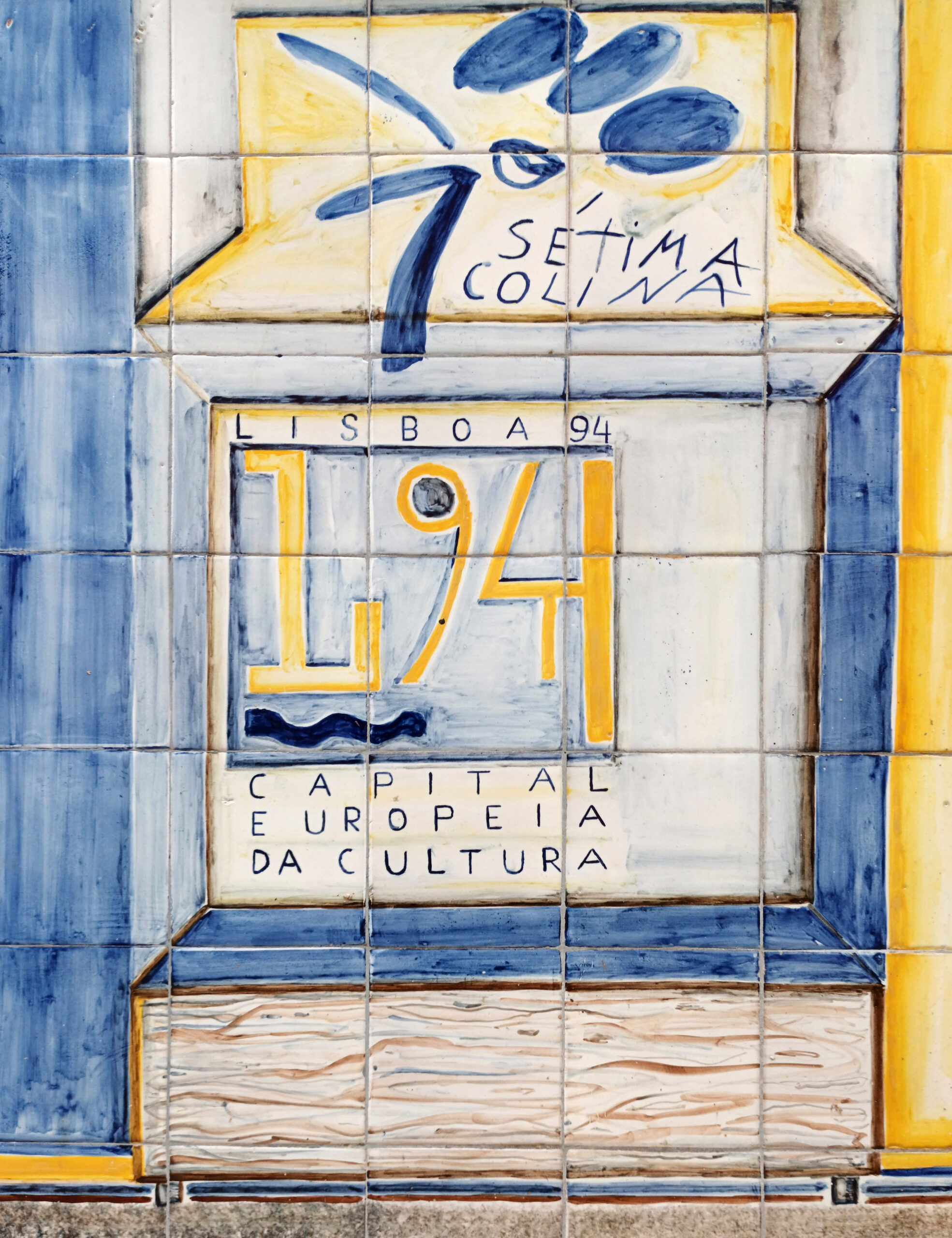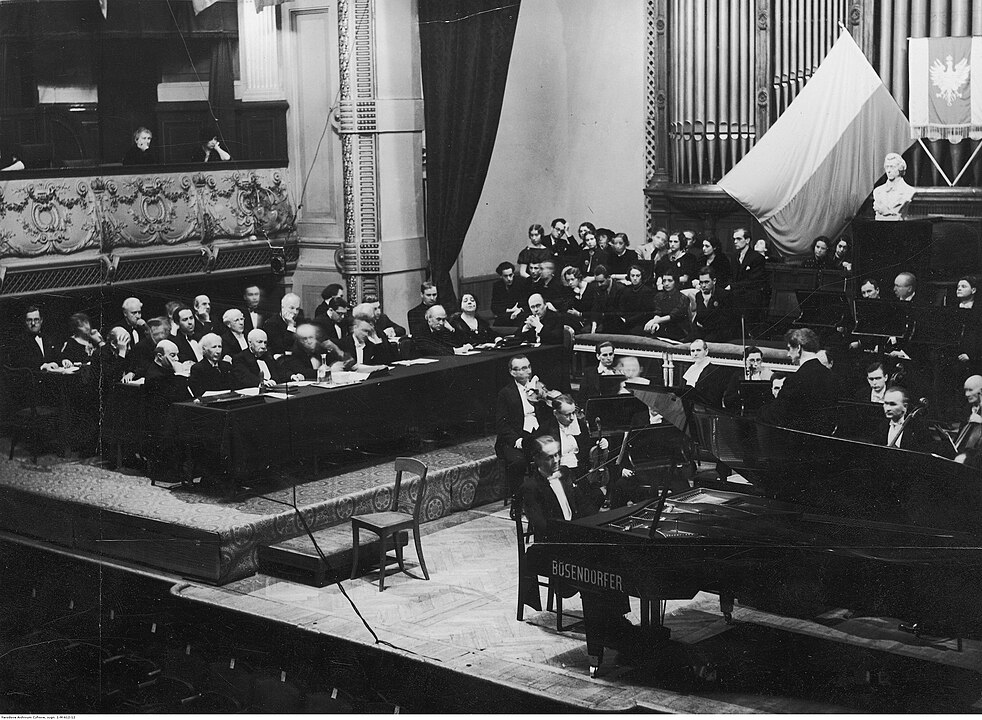Everybody knows the French Impressionists, but how did they became known as such? Our research demonstrates that painters like Monet, Renoir, Cassat, Degas, Pisarro, and Morisot did not create the label and reputation that has developed around it. Rival ideals and divergent interests meant that they could frequently not even agree to exhibit together.
In the art world individual reputations – Van Gogh, Warhol, Kahlo – forever compete with the movements Expressionism, Pop Art, Surrealism. When we think of Goya we also think of the art of the Romantic Period, Picasso is inextricably linked with Cubism, and Monet is inevitably linked with Such labels are a shorthand to characterize their style and to understand their relations to other artists, even to interpret their work. But where do these labels come from, and to ask the economic question, who has an interest in developing such labels and categories? In some cases, the origins are simple, the Futurists announced their intentions loud and clear in grandiose manifesto’s. In other instances, it is clear that the label is of later, historiographical origin, no ancient Greek sculptor was aware that they were part of the Classical Period or Antiquity. So where do such labels come from, and what is the economic logic behind them?
Our paper does not provide a general answer to the question of why labels arise but looks at one of the most famous of such labels ‘Impressionism’. The Impressionists are often regarded as the first avant-garde movement, which broke with the conventions and institutions of the French Académie des Beaux-Arts. This mythology was reinforced through the fact that later avant-garde movements held them up as an example. As a result, it is often assumed that the Impressionists must have marketed themselves as a recognizable collective with shared goals, in short as ‘The Impressionists’. We demonstrate in our paper that this is not the case and suggest that individual motivations and reputations remained more important and prevented both unity among the artists and the formation of an Impressionist collective during the period of the alternative exhibitions (often labeled Impressionism exhibitions) between 1874 and 1886.
The first common belief we disprove is that the Impressionists broke with the Salon, that is simply not true. Although it was very rare for an artist to exhibit in the same year at the Salon and at the alternative exhibitions, artists made strategic choices where to exhibit and refused to fully break, even though especially Edgar Degas and Camille Pissarro would have liked them to do so. Artists like Auguste Renoir, Mary Cassat, and Felix Braquemond still regularly exhibited with the Paris Salon, while others like Paul Cézanne tried, but were not accepted.
Next, we examine whether there was a coherent and consistent group of contributors to the alternative exhibitions. The simple answer is, again, ‘no’. Only five artists participated in six or more of the eight alternative exhibitions. You will probably know two of them Degas and Pissarro, the others are less well-known or nearly forgotten Berthe Morisot, Henri Rouart, and Charles Tillot. The number of artists at the exhibitions varied widely from 9 to 30, and around 40% of the artists who participated in any given year dropped out the next one (sometimes returning later). It might of course have been the case that this turnover in contributors was mostly at the fringes, but when we look at the contemporary reception, we find little consistency in the degree of attention devoted to the top individual artists. The French press of the time also could agree on a label. Although Impressionistes was a name that circulated especially around the exhibition of 1877 (the only exhibition which was marketed by the artists as ‘Impressionist’), they label ‘Intransigeants’ initially dominated, and after 1877 the press preferred the label ‘Indépendants.’
In fact, the press recognized the lack of unity. They distinguished between three different factions among the artists, a circle around Degas, one around Pissarro, and one circle of core artists which we labeled the Gleyre circle (after the atelier in which they met). These factions had somewhat different artistic styles, but more importantly different aims, so an analysis of these factions is a practical way to study their divergent individual aims. Pissarro was the most radical among them and was interested in the break with the Salon which is frequently associated with all the ‘Impressionists’. His goals were progressive artistically, and he was most critical of the existing conventions and institutions. He found a potential ally in Degas since he was also interested in setting up an alternative exhibition and possibly organization. But Degas was unwilling to give up respectability and did everything in his power to prevent the alternative exhibitions from becoming too experimental or avant-garde. In the back of his mind was the fate of the Salon des Refusés, the ill-fated attempt to break with the Salon from an earlier generation of artists in 1863. Therefore, he brought artists like his friend Jean-François Raffaelli on board, who had built a solid reputation within the establishment. Degas loved independence, but sought it for economic and organizational reasons, not artistic ones.
The artists of the Gleyre circle like Monet, Auguste Renoir, and Alfred Sisley liked the space and economic opportunities that the alternative exhibitions offered, but they had no interest whatsoever in a collective brand. They felt that they were better off developing their individual brands instead. So, they strategically used the alternative organizations for their own purposes. The result of these divergent interests and aims was that no one seriously invested in the development of this collective brand, except for Gustave Caillebotte. The art dealer Paul Durand-Ruel also undertook one serious attempt to bring a smaller core group of artists together at the exhibition of 1882. But there was no follow-up the next year, and at the next exhibition, four years later, the group of artists had again changed significantly and Durand-Ruel was no longer in the lead.
The economic theory of collective action provides a straightforward explanation for this failure to coordinate. The individuals interests of established artists and up-starts, radicals and relatively conventional ones, diverged. Therefore, it was hard, if not impossible, to reach an on a collective identity or goal. There was, however, sufficient overlap in interests, to organize alternative exhibitions. The shows organized outside the official channels offered a lot more space since the Salon typically only displayed one or two works by an artist, while the average at the alternative shows was around 15 works per artist. They also provided an avenue for those who worked outside the established artistic conventions. It was this organizational form which also made immediate uptake in Paris, where more and more exhibitions were organized outside the state-sponsored Academy and Salon.
The question that remains is when the label of Impressionism did become so prominent. The existing literature points to a few events of significance. Durand-Ruel marketed them as such abroad, and the aforementioned Caillebotte, organizer of the 1877 exhibition with the Impressionist label, collected about sixty paintings and stipulated in his will that they would be donated together to the French state (which, however, only partially accepted his donation).
We hope to investigate further when exactly the Impressionist label became so omni-present. But one finding we already present in the paper is that only 7% of the exhibitions between 1900 and 1974 mentioned in the catalogues raissonné of the artists who exhibited at the alternative exhibitions used this label in the exhibition’s titles. This is suggestive of the fact that the pre-eminence of the label might be of quite recent origin, and more associated with developments in arts markets in the past fifty years or so, than with the efforts of artists or early dealers. The label Impressionism was around all this time, and some of the artists and early dealers toyed around with it, but none of them felt it worth investing much in the label, often worried that it might overshadow their individual reputation. Which brings up one further question, why did subsequent movements, like the Futurists, establish collective identities? We don’t know yet, but our paper suggests that economic circumstances were probably an important factor.
About this article
De Strooper, L., Dekker, E. Why the Impressionists did not create Impressionism. J Cult Econ (2023). https://doi.org/10.1007/s10824-023-09479-6
About the authors of the blog
Erwin Dekker, Senior Research Fellow at the Mercatus Center at George Mason University
Liesbeth De Strooper, Lecturer at Erasmus University Rotterdam, The Netherlands
About the image
Frédéric Bazille, Public domain, via Wikimedia Commons






